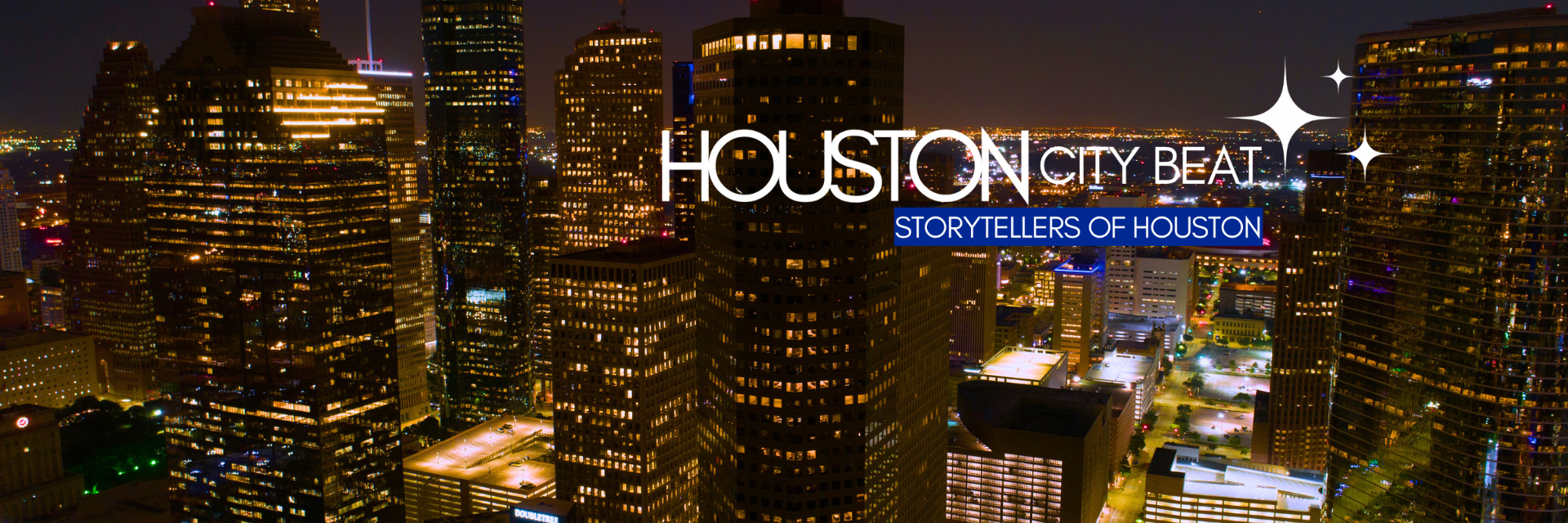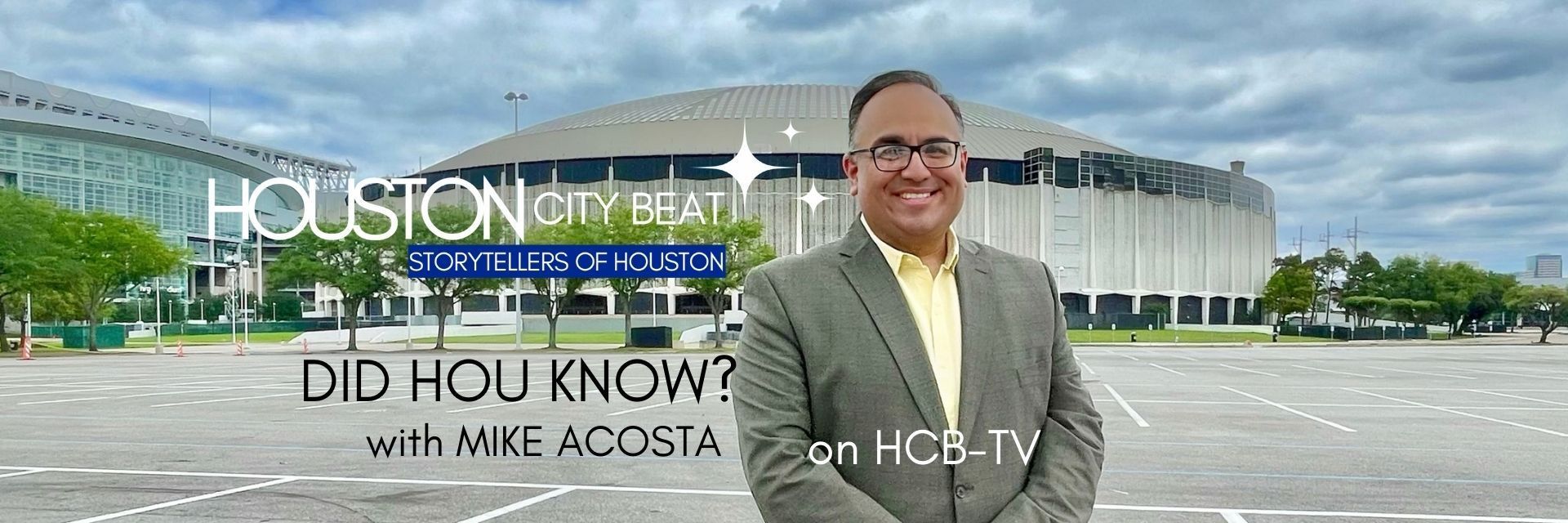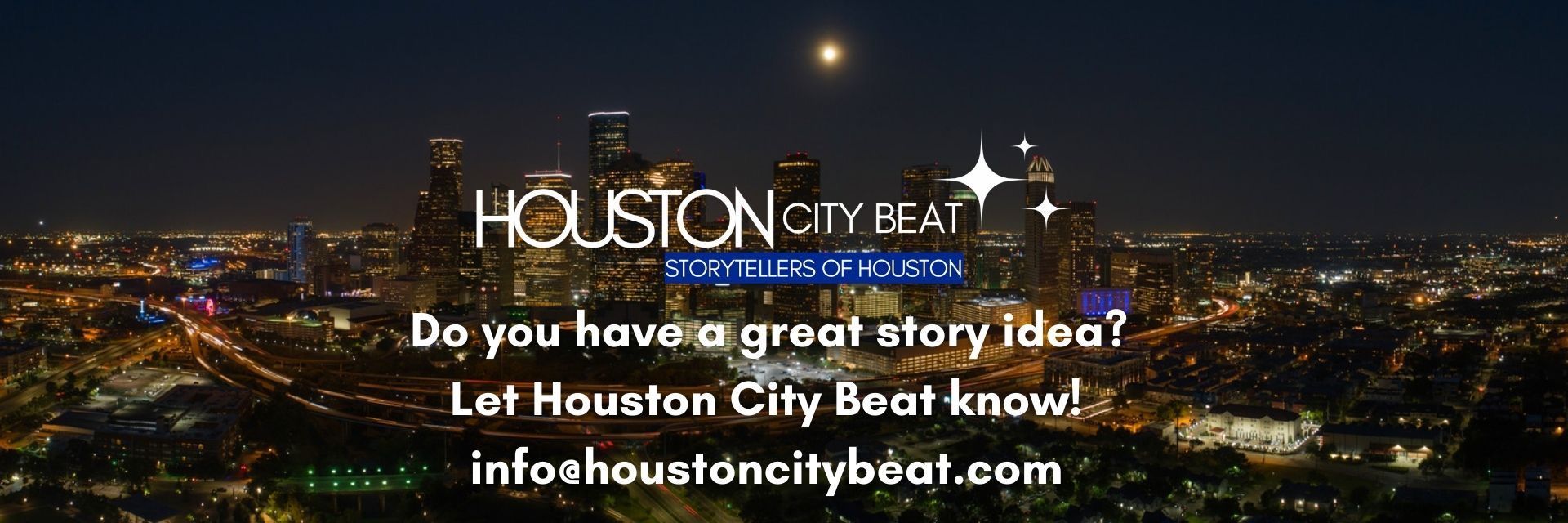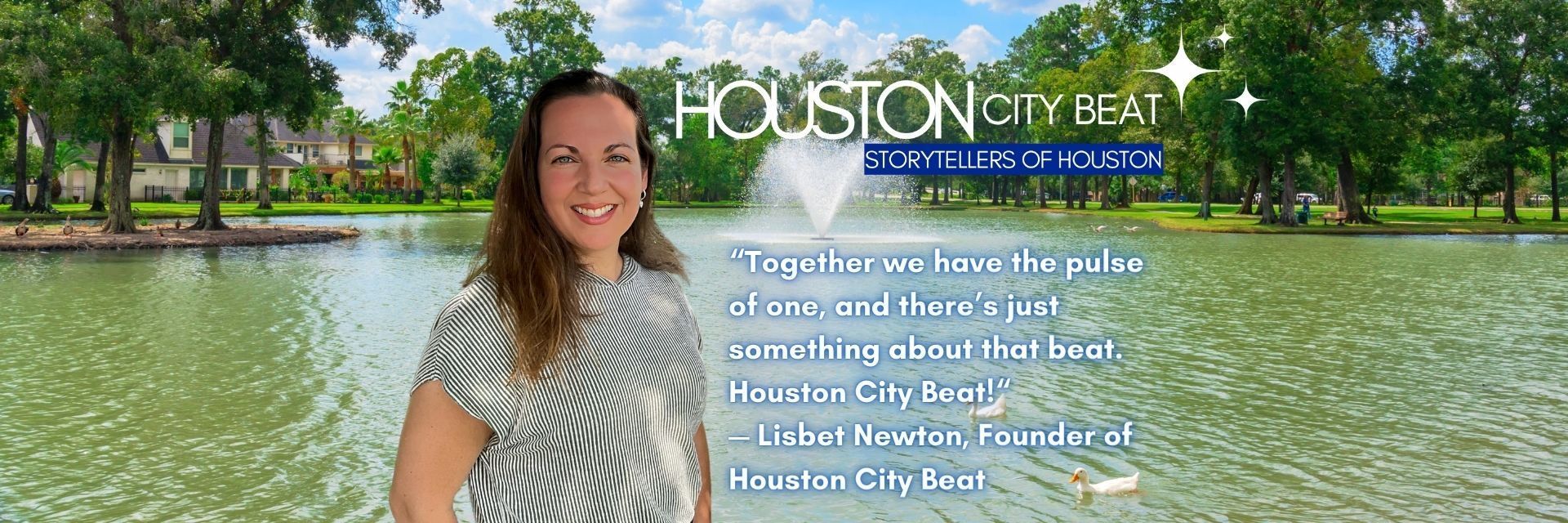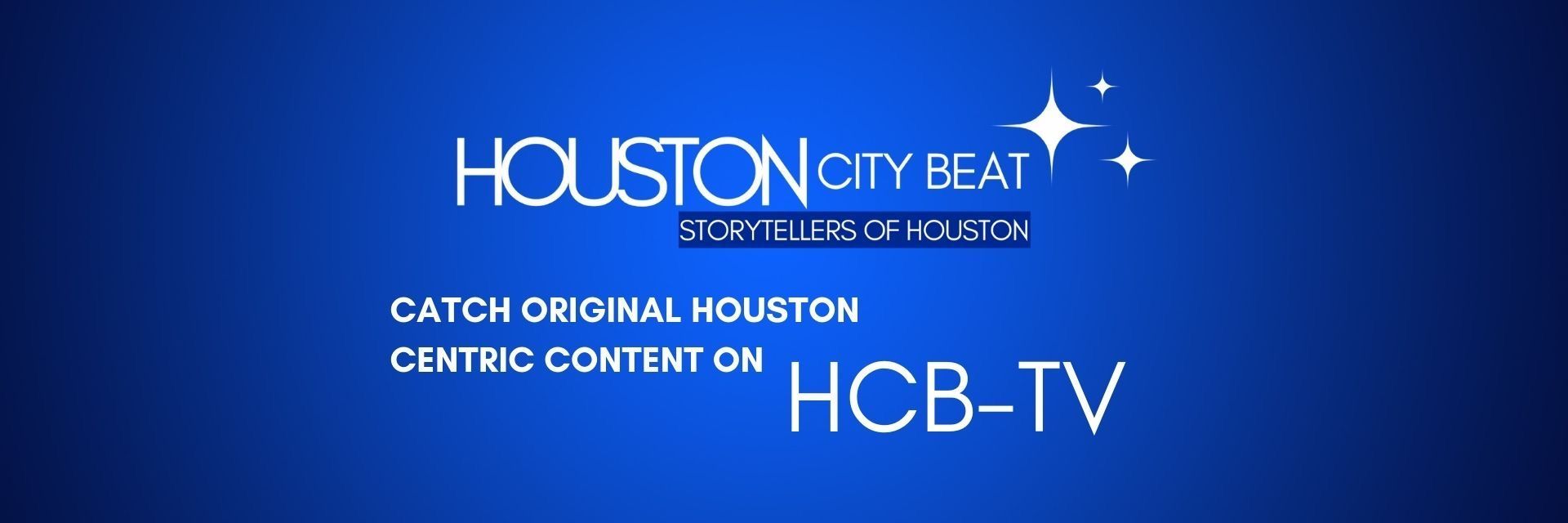
It’s Rodeo Time in Houston
It’s amazing how traditions begin. There was once a group of Houston businessmen, who in 1931 congregated to discuss how to improve and further develop the cattle industry along the Texas Gulf Coast. This seemingly simple effort produced the Houston Fat Stock Show and Livestock Exposition. The first show of this new organization ran from April 30 – May 4, 1932. In order to attract visitors, a free BBQ was provided to attendees after 6 pm each day. The first show attracted an attendance of 2,000. Since then, the show has gone from the old Sam Houston Coliseum (where the Hobby Center stands today) to the Astrodome, to NRG Stadium, which averages over 70,000 spectators each performance. Today this organization is known as the Houston Livestock Show and Rodeo (HLS&R), the largest of its kind in the entire world. Since the first show in 1932, the HLS&R has committed over $500 million to youth and education. The Show currently has over 2,300 scholars which represent more than 80 different Texas colleges and universities. The Rodeo is one of the largest scholarship providers in the United States.
The HLS&R has built itself on four main pillars to its foundation. This includes agriculture, education, entertainment, and western heritage. Each year there are over 30,000 livestock and horse show competition entries. The show routinely has an economic impact of over $220 million in Houston. It creates approximately 3,700 jobs each year.
Every late February Houstonians celebrate “Go Texan Day”, which also usually coincides with the beginning of the Rodeo Cookoff at NRG Park, the home of the Houston Rodeo. Trail riders from across Texas begin their descent to Houston, keeping a longstanding tradition alive, and marching through downtown Houston for the Rodeo parade on the Saturday before the rodeo kicks off. The trail rider tradition began in 1952 when four men traveled to Houston on horseback from nearby Brenham in an effort to bring awareness to the Houston Livestock Show and Rodeo. Today there are more than 2,000 trail riders who descend on Houston that span 10 trail rides, which include:
- Northeastern
- Prairie View
- Salt Grass
- Sam Houston
- Southwest
- Southwestern
- Texas Cattlemen’s
- Texas Independence
- The Spanish
- Valley Lodge
The Houston Livestock Show and Rodeo are supported by 35,000 volunteers who serve on more than 108 committees. This workforce accounts for an average of 67.8 hours per volunteer and over 51 million volunteer hours per year, collectively.
Houston, which is one of the world’s best international cities, celebrates its western heritage as many pull out their boots and dust off their cowboy hats while heading out to one or many of the rodeo performances, livestock shows, carnivals, and various other rodeo events at NRG Park. Over 2.5 million people attend the show each year. It’s both an exciting and fun time to be in Houston during rodeo season.
It’s amazing to see the growth and progress the Houston Livestock Show and Rodeo has made in the Houston area since 1932. The impact on this region of Texas made by the rodeo is immeasurable and the organization is primed for the next several decades and it continues to expand, provide entertainment, support education, and carry on the western traditions that so many around here are proud of.
Written By: Mike Acosta, Director of Brand and Communications

October 3, 1999 was one of the most personally historic days of my baseball career. The final regular season game at the Astrodome was taking place and I wanted to take in as much of the day as possible. I was going to take lots of photos and decided to arrive at the Dome earlier than usual. I arrived around 9am and got my things settled in the radio booth. I decided to have a quick breakfast before things began to pick up around the stadium. As I walked to the media dining room along the press level concourse I noticed it didn’t appear anyone else had arrived to the press box yet. I walked into the dining room where a fresh breakfast buffet was spread out and grabbed a plate of scrambled eggs, bacon and hash browns. The room had just opened and there were a few dining employees around. I sat down at one of the many empty tables and caught ESPN on a nearby monitor. A few minutes after sitting down I noticed in my periphery another person walk in. It was Vin Scully. He strode in wearing a light blue sports coat with white shirt and tie. The Los Angeles Dodgers were in town for this final weekend series against the Astros. I had met Mr. Scully earlier in the season on a previous series against the Dodgers. He walked into the room, grabbed a plate of breakfast and walked over to the table where I was sitting and asked, “Well good morning. Do you mind if I sit with you?” I was amazed. Here, a legend of broadcasting, in the Astrodome on the morning of the final regular season game in its history, wanted to sit with me (an intern). The next twenty minutes were some of the greatest I have ever known. There we sat, Vin Scully and me, talking about old baseball stories and his memories of coming to the Astrodome for the first time in the 1960s when it was brand new. He spoke of Judge Roy Hofheinz (visionary of the Astrodome), the first time he saw Astroturf on the field and even a few early notes about his work with Red Barber. There were plenty of other empty tables, but he chose to sit at mine.

What I took most from this experience was the human element of Vin Scully. It transcended baseball. He was very forthcoming and friendly. There was no sense of pretense. We seemed to speak the same language with baseball. It set a standard for me at an early part of my career and I’ve never forgotten it as I continue my career with the Astros today. Shortly after the ’99 season I began broadcasting high school and college baseball and football. I was also fortunate enough to become a backup public address announcer for Astros games, which I did from 2004-2020.
There’s a photo I kept in my office at Minute Maid Park taken by my dad of the Astros radio booth on the final game ever played at the Astrodome. It shows our announcers (Milo, Alan Ashby and Bill Brown) on the front row and radio producer Mike Cannon and myself on the second row as we all got ready for another broadcast. It may have been the final year in the Astrodome, but it was the first of my career with the Astros. We all have our eyes set on goals in life. The good standards that are set for us also help us continue them for others. That remains a focus for me as I help younger people looking to work in the sports industry. I was very fortunate to work for the Houston Astros from 1999-2021 and I feel it’s time to share that knowledge with others.
Article written by: Mike Acosta.



